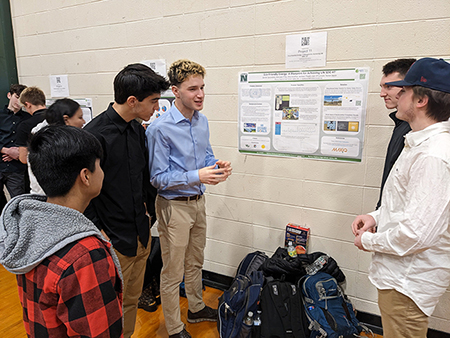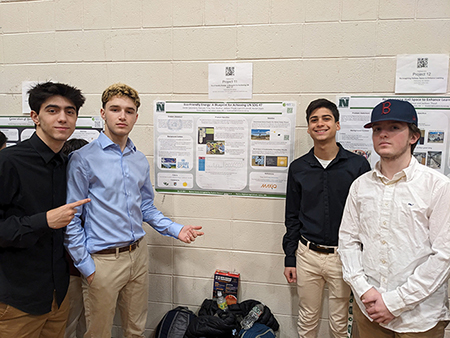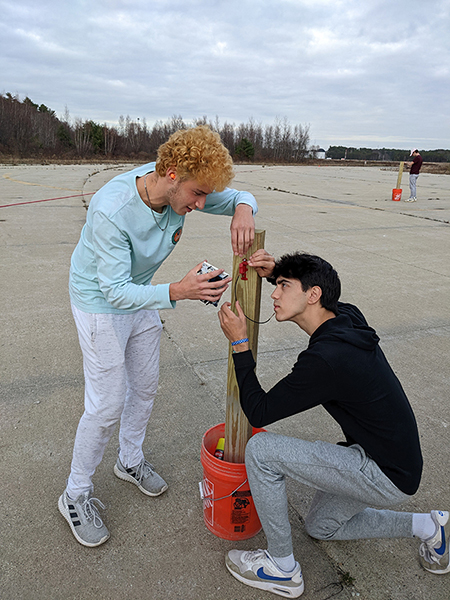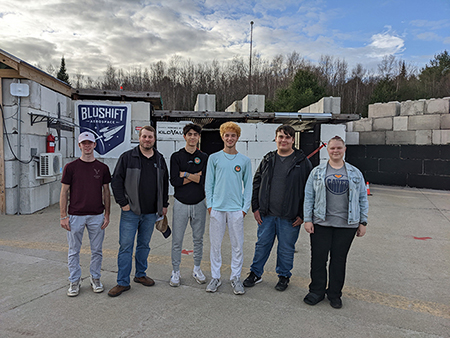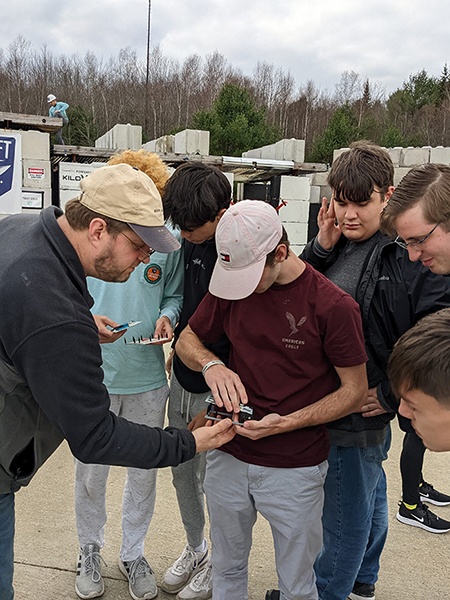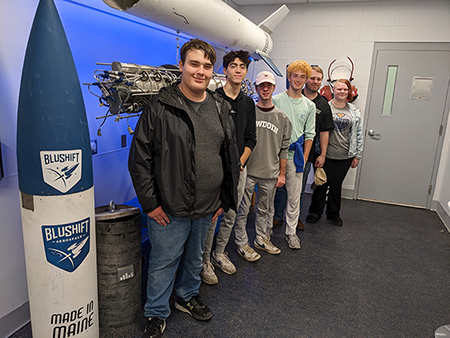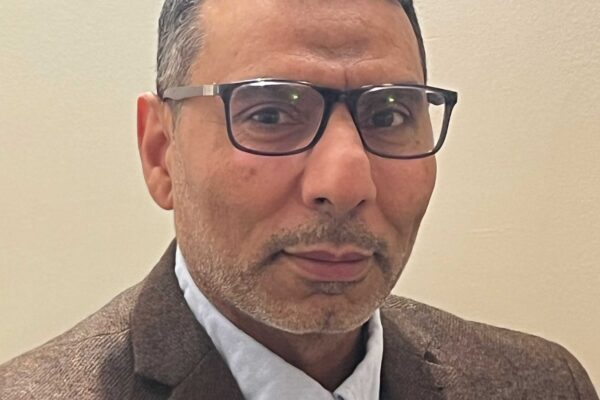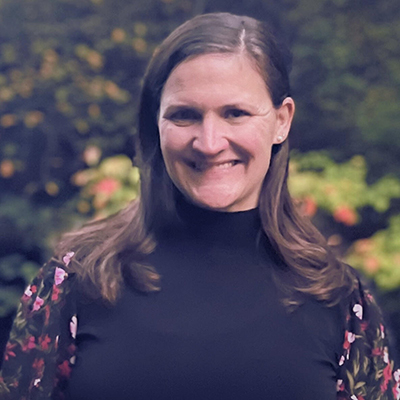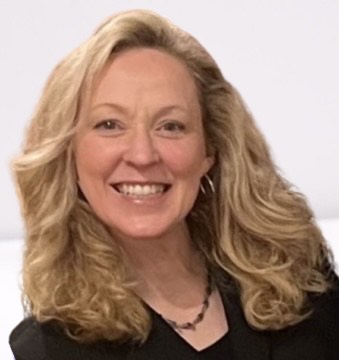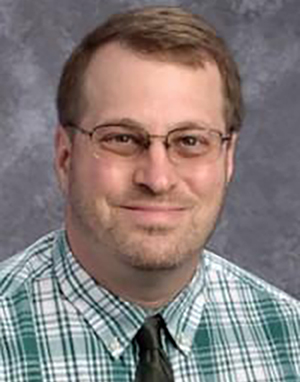 MassCUE is pleased to announce Jim Gorman as our Featured Educator for March 2024!
MassCUE is pleased to announce Jim Gorman as our Featured Educator for March 2024!
For Jim Gorman, the key to learning is play. That’s why this science teacher at the Nipmuc Regional High School in Upton engages his students in hands-on projects that use everything from hand saws to model rockets. Gorman serves as Science Department Chair and teaches physics and engineering to all levels. He says his personal mission is to inspire the kids so they don’t see science and engineering as something that is hard and out of reach.
“I get a lot of off-the-wall ideas, which are often led by the kids,” Gorman says. “Once I see what’s going to engage you, then that’s going to be my hook for delivering the curriculum to you.”
One project he does with his engineering students involves phenomenon-based learning with the Epic Education Foundation. The students research unsolvable challenges, break the problems into parts and then work on a solution for one part that interests them. Once their research is complete, Gorman helps the students write to industry experts to get feedback on their work.
“My overarching goal is to give them self confidence in their work,” Gorman says. “We get a pretty good rate of return on experts writing back to the kids. That really gets them excited and motivates them.”
For another project, Gorman worked with MaxIQ Space, which hosted a competition for World Space Week. His students worked on designs for sustainable rockets with a company called bluShift and traveled to Maine for testing. The students were showcased on TV and invited to the Maine Space Conference to present their results to experts in the field.
“It was such a great experience for the kids because they were treated as part of the community,” Gorman says. “One of the great outcomes that I wasn’t expecting is that the kids got some excellent networking experience.”
Gorman says this was made possible thanks to a suggestion from a former student. He also solicited and gained sponsorship support from a parent who works for an engineering company.
“It’s important to be open to those opportunities and experiences,” he says. “I try to use the resources and connections we have made along the way to make it easier for kids to participate.”
Gorman tries to take his students to conferences and has even organized some himself, including a symposium with students from other high schools at the NASA Goddard Space Flight Center, where students were able to present their research to NASA engineers and scientists. He got the idea and made it happen by writing a letter.
“I love getting them outside the classroom – not just on a field trip to a nice place but really to interact with scientists with their own work,” Gorman says. “I’m always trying to find creative ways of saying ‘hey, can we do this?’”
One of Gorman’s favorite technology tools is School AI. His physics students use this tool to analyze their writing to ensure it has key points and is written in the language of a physicist. As the head of the science department, he wrote a series of prompts in School AI to offer students an interactive way to choose their classes. He calls it the NipSci Pathfinder. Students answer questions and the tool searches the program of studies to find classes that match their interests.
“When making recommendations, I don’t necessarily know what’s best for them and they may not know either,” Gorman says. “This tool really gets them to reflect on the process of choosing their science courses mindfully. It’s my favorite use of that tool so far.”
Other favorites for hands-on learning include a project-based learning curriculum for AP students called Knowledge in Action from the George Lucas Educational Foundation and Modeling Instruction from the American Modeling Teachers Association.
Gorman’s commitment to excellence in education led him to play a role in the state standards for science. After learning about concept mapping and attending several conferences, he and a colleague decided to recommend changes to state frameworks based on this idea. Together, they looked at the science curriculum from pre-k all the way through high school and examined how concepts were linked. They looked for direct connections as well as holes and extra concepts that were not connected. The Massachusetts Department of Education shared the strand maps that they developed with the review committees developing the national Next Generation Science Standards (NGSS).
“That was an unbelievably cool process to be a part of,” Gorman says. “They actually took our hard work and research and used it to transform education – not only in the state, but nationally. I still have so much pride in that.”
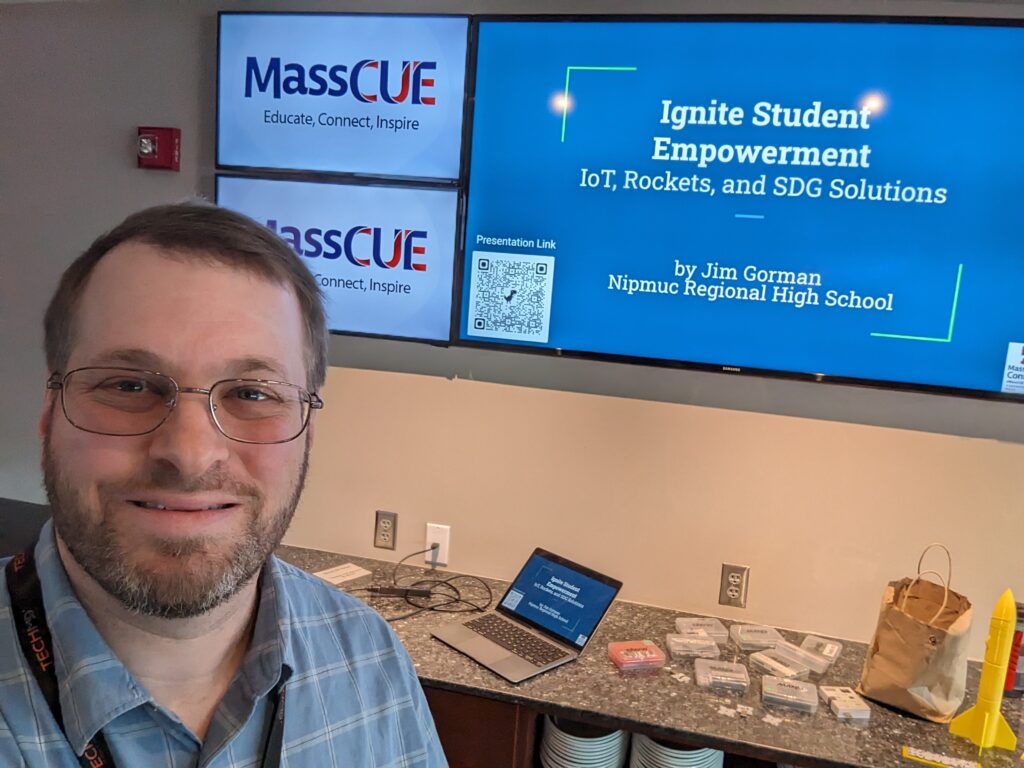 With over 20 years teaching high school physics, engineering, and chemistry, James Gorman is passionate about bringing STEM to life. He employs meaningful learning techniques that are research-backed, like modeling instruction, project-based learning, and phenomenon-based learning in his Massachusetts high school classroom. James teaches at Nipmuc Regional High School and is the science department chair.
With over 20 years teaching high school physics, engineering, and chemistry, James Gorman is passionate about bringing STEM to life. He employs meaningful learning techniques that are research-backed, like modeling instruction, project-based learning, and phenomenon-based learning in his Massachusetts high school classroom. James teaches at Nipmuc Regional High School and is the science department chair.
James has collaborated with the Massachusetts Department of Education on creating curriculum frameworks and strand maps for science and technology/engineering. He developed concept maps published in the Boston Museum of Science’s Engineering the Future curriculum teacher manuals.
A recognized leader, he has presented extensively on best practices in STEM education at national conferences. James has been appointed to many Massachusetts Department of Education advisory boards.
Among his honors are STEM Educator of the Year for Worcester County and a Massachusetts STEM Teacher of the Year finalist.
Outside school, James volunteers with Boy Scouts. He holds a master’s in chemical and life sciences and loves sharing his enthusiasm for science. James’ classroom expertise and experience implementing meaningful, hands-on STEM education make him an ideal presenter for conferences focused on engagement and achievement.
Read more about Gorman’s work on concept mapping:
- Conceptual Mapping to Facilitate Review of State Standards
- Conceptual Mapping Facilitates Coherence and Critical Thinking in the Science Education System
Gorman Symposium at the NASA Goddard Space Flight Center
Gorman Symposium at the NASA Goddard Space Flight Center
For another project, Gorman worked with MaxIQ Space, which hosted a competition for World Space Week.
Students worked on Designs for Sustainable Rockets with a Company called BLUSHIFT and traveled to Maine for Testing.
Students were showcased on TV and invited to the Maine Space Conference.
The students presented their results to experts in the field.
 Print this post
Print this post

